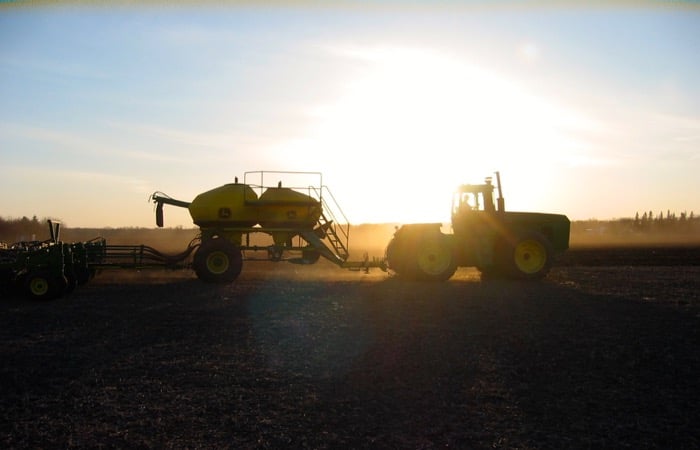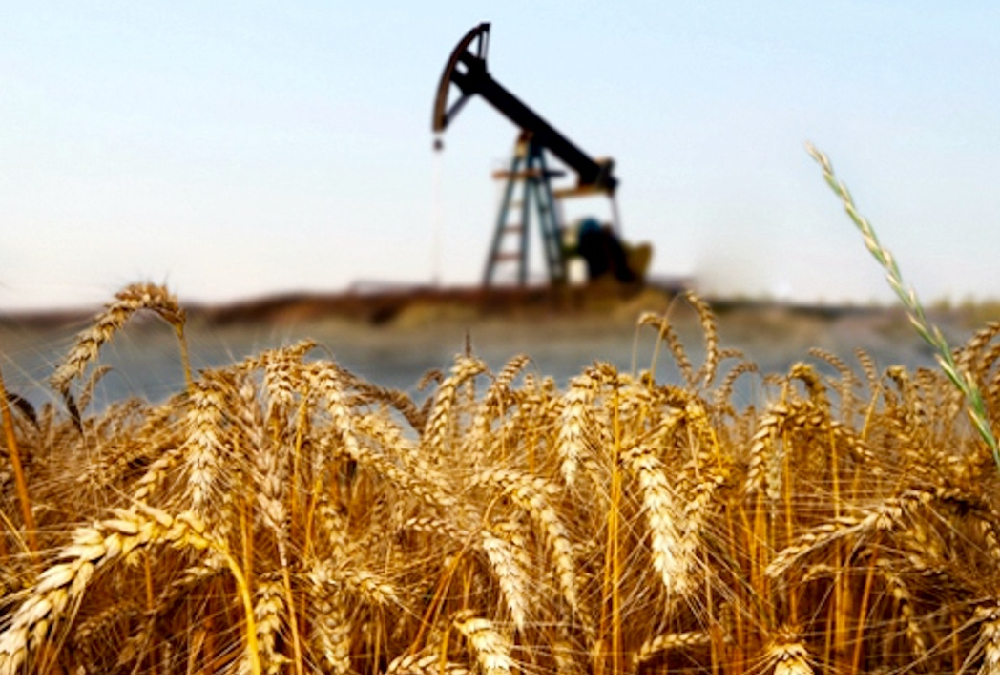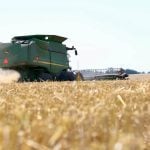Last spring I wrote about the dry spring weather and how to set up a marketing plan that would work for your farm regardless of what the weather did for the rest of the year. Now I’ll continue with that theme but with somewhat of a twist. It’s certainly not dry like it was last year, so that could definitely change the outlook.
Let’s start with a global perspective. European and Baltic region harvests were estimated to be average to above average for volume with a mixed quality profile, but nothing of big concern that couldn’t be blended and sold.
Read Also

Gentle treatments for pain in the neck
Heading toward year-end, people unknowingly tense up against the cold and busyness, causing neck pain that can often be treated with appropriate support and gentle mobility, athletic therapist Kathlyn Hossack says.
Australia just finished a bumper harvest of decent quality grains in March.
South America is in the middle of harvest, which looks to also be a bumper crop. There have been some weather delays that could drop quality but this was in limited areas.
India’s harvest is underway and it is a far bigger crop than they have had in the past two or three years; India won’t be near as reliant on imports as they have been in the past few years.
- Read more: Locking your crop prices in early
The U.S winter wheat crop was the lowest acreage ever seeded and has recently faced weather issues — too much rain and then snow. Overall, spring weather across the U.S. and the Prairies has been unsettled — cool and wet — which has not helped seeding progress or helped to get the remains of last year’s crop harvested.
The Prairie outlook
If the weather has cooperated and the majority of seeding on the Prairies is done, what might that mean for your marketing plan strategy for the coming year?
If, on the other hand, your seeding has been delayed due to poor weather conditions, how could that change your marketing strategy?
This is the time to review how much new crop you have pre-priced up to now. Is it too much depending on the current condition of your crops right now or the overall crop outlook across the Prairies?
Do you have target price contracts in place? If so, should you cancel them, or should you raise the target prices if you are willing to pre-price more grain and it looks like futures markets could improve?
Should you be looking at cancelling some contracts if you are overbooked or you think futures prices are going to rise because of the overall crop concerns? Or should you consider using call options to capture any value in a potential market upswing that you are anticipating could happen and which could also help protect you on any tonnes that you may be short of delivery on come fall?
If you have your costs of production and break-even numbers in a spreadsheet and you have a marketing plan in place it won’t take you long to sit down and update the relevant information such as acres seeded, yield potential and price expectations. This will give you a better picture of your potential profit for the coming year. Then you can review your marketing plan and see what, if any, changes you need to make to your pricing targets your total tonnes to sell and/or the types of contracts you should use to protect your profits.
Reviewing your marketing plan at key strategic times such as right after seeding, part way through the growing year and right after harvest is critical in helping you determine if your earlier plans needs revising to ensure you’re maximizing your profits while protecting yourself from uncertainty or added risks.
Weather events such as hail and or frost can severely impact your production and or quality. This will no doubt have an impact on your profitability, but let’s not forget that it could also have a big impact on pre-priced contracts. If you’ve signed contracts earlier in the year and then end up short of tonnes or quality to meet your contract obligations what financial penalties will you face? These costs will be yours so make sure you review your plan as soon as you experience a weather event so that if you are going to be short tonnes for delivery you can make decisions sooner than later, to ensure you aren’t at any more risk than is absolutely necessary.
Good luck seeding and be safe in the fields.
















